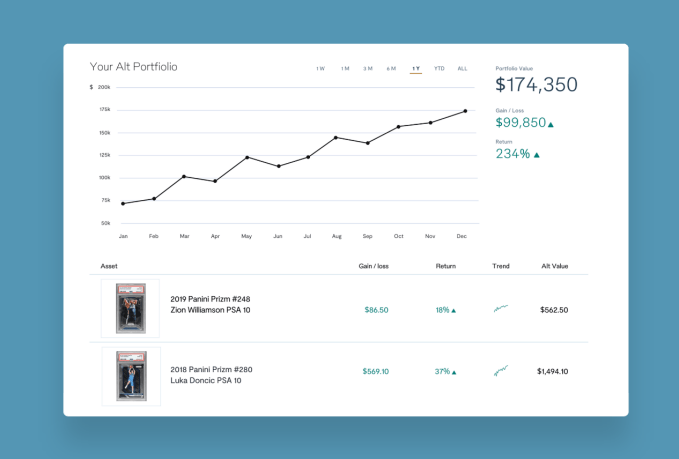Gather helps people, well, gather in virtual spaces for any reason, whether it be for weddings, magic conventions, or, just a regular day at work. Over the past few months, as remote workers look for better ways to interact with each other, the startup has quietly amassed more than 4 million users, and today, an investment from the same elite Silicon Valley firm that has backed Zoom and Slack.
Gather CEO Phillip Wang tells TechCrunch that his startup has raised $26 million in a Series A round led by Sequoia Capital. Other investors include Index, YC Continuity and angels including Dylan Field, Jeff Weiner and Kevin Hartz.
Wang says his goal for the startup, which he began with friends after they all graduated from Carnegie Mellon, is simple: Focus on serving its most consistent users, bring in customization elements to make virtual spaces feel homey and hire a lot of engineers.
“We’re a much broader communication platform that is going to be used across all things, but we are leaning heavily into the virtual HQ [use case],” Wang said. The 37-person team has embedded features to promote spontaneity, such as “shoulder taps” to prompt a co-worker to chat, or pool tables where employees can circle around and start a virtual game of pool.

Image Credits: Gather
The platform also uses spatial audio technology, which is popular in video games, so that users can get the feel of running into each other. The technology basically allows you to hear someone’s voice louder when you are near them, and softer as you walk away. Wang says that it built its own video-conferencing system from scratch because other solutions didn’t work well with spatial technology.
Wang wouldn’t point to any challenges within the company, but instead said that every startup has bugs it has to deal with. No (virtual) fires yet.
Gather is working on helping its users add in more customization to its platform so it’s easier for users to recreate their office space or apartments in real life. The office tour included seeing a corgi on the desk, jack-o’-lanterns and this reporter even added some floor plants to the setup.
Even though work is Gather’s current focus, a majority of its current monthly revenue, which hovers around $400,000, is coming from one-off events. The end goal, says Wang, is a world where someone can leave their Gather office and enter a Gather bar. If the company can successfully get remote teams to join its platform, it can then help those same teams have off-sites, team-building activities or networking events under its platform.
One of the challenges of building a community platform is figuring out monetization without extracting value. This is one of the reasons that Wang, when I first talked to him in November, always wanted to avoid venture capital money (because the incentives might rush the platform into pursuing business models that weren’t user-friendly).
Months later, Wang said his mind changed when he met with Sequoia Capital’s Shaun Maguire and saw an opportunity to scale the metaverse with venture dollars.
“Sequoia in particular helped Unity, the game engine company, figure out their business model and [that model] is unorthodox,” he said. “I’ve always looked at them [thinking] it would be great if we could do something like that.”
As for if Gather is simply a pandemic phenomenon, Maguire says that him and the Sequoia team believes that “work-from-anywhere is here to stay.”
“Phillip and [his] team’s motivations to create Gather precede the pandemic,” he said. “They realized that certain constraints in the physical world hinder your ability to stay connected with people outside of your immediate community — this was merely intensified during the pandemic.”
It’s true: Gather has been in the works for more than 18 months, since Wang and his friends graduated college. The team first tried to create custom wearables that would show you who was available to talk so you could tap into a conversation. When that didn’t work, they pivoted into apps, VR and full-body robotics. With new capital and millions of users, perhaps “Sims for enterprise” might be the route to go.







